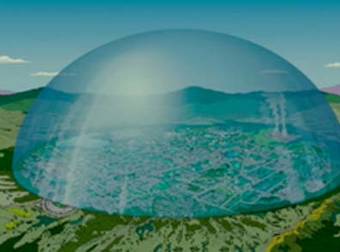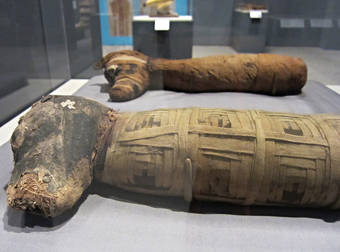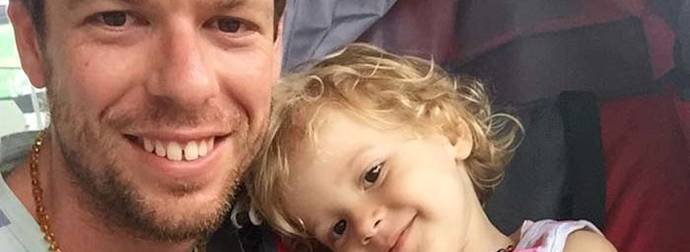The Maori people of New Zealand are some of the most interesting indigenous people on the planet. One of their more creepy traditions is called Mokomokai.
In Maori culture, Moko are traditional facial tattoos that signify rank within the tribe. These tattoos are also used to commemorate major events in the life of a tribe member. Here’s where it gets weird…
When a person with Moko died, their head would often be preserved and become known as Mokomokai.
The brain and eyes were removed from the skull. All orifices were then sealed with flax fibre and gum.
To prevent decomposition of the head, it was then boiled or steamed, before being smoked over an open fire and dried in the sun.
The heads would then be kept by family members and brought out only for sacred religious ceremonies.
Mokomokai also played a role in tribal warfare. The heads of defeated chiefs were preserved in this way, and considered important trophies of war. They were also used to broker peace deals between different tribes, who would return or exchange Mokomokai.
With the arrival of Europeans in New Zealand during the early 1800s, the tradition of Mokomokai changed forever.
From 1820 until 1831, different Maori tribes were trading with Europeans. One of the most heavily traded items were muskets. This led to an arms race among the Maori; whoever had guns had an advantage over their neighbors. This period of time is known as the Musket Wars.
During the Musket Wars, Mokomokai heads became very valuable commercial trade items. Many tribes traded their entire collection of Mokomokai for rifles. Some tribes raided their neighbors for more Mokomokai to trade, and others started tattooing the faces of slaves and prisoners to produce more Mokomokai.
By 1831, the Musket Wars ended mostly because of market saturation of rifles. At the same time, the British government officially banned the trade in Mokomokai, and New Zealand became a British colony.
Despite the ban on trade, some Europeans like British Major-General Horatio Gordon Robley (pictured below) were able to acquire an impressive collection of Mokomokai heads. These days, Mokomokai is no longer practiced among the Maori. However, there has been a marginally successful effort to return the remaining the heads to New Zealand.
Though it seems like a morbid practice to us in 2014, there is a certain beauty and devotion to one’s ancestors that is admirable in the practice of Mokomokai. If you’re interested in seeing the remaining Mokomokai, you can view them at the American Museum Of Natural History in New York.
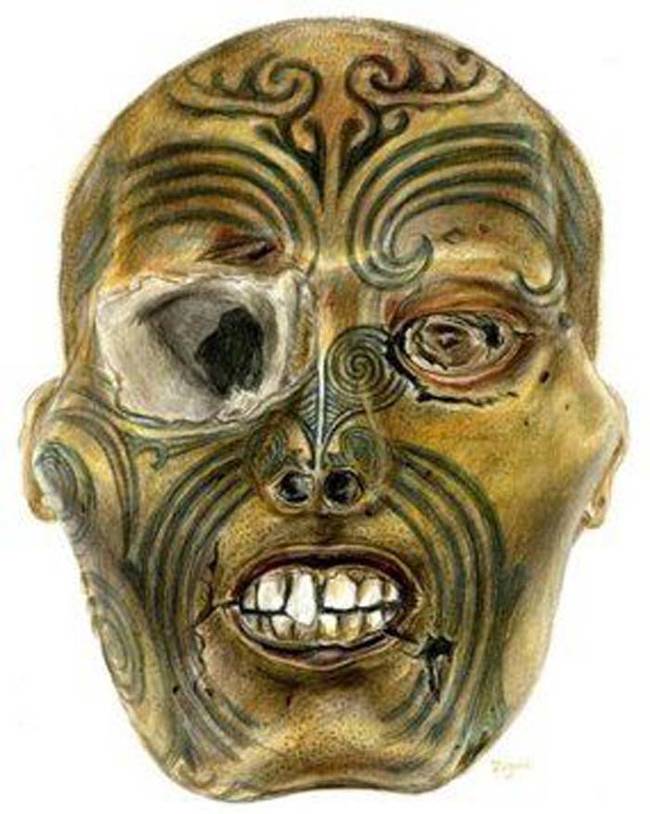 share
share
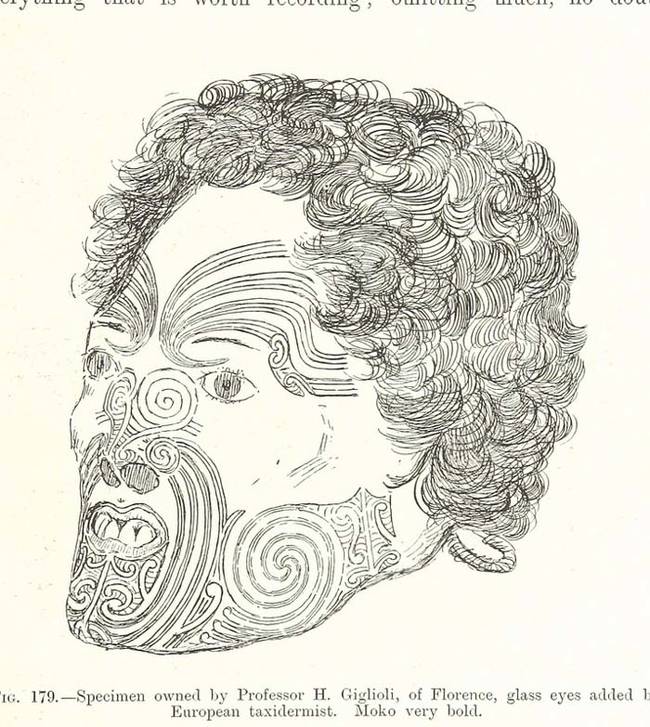 share
share
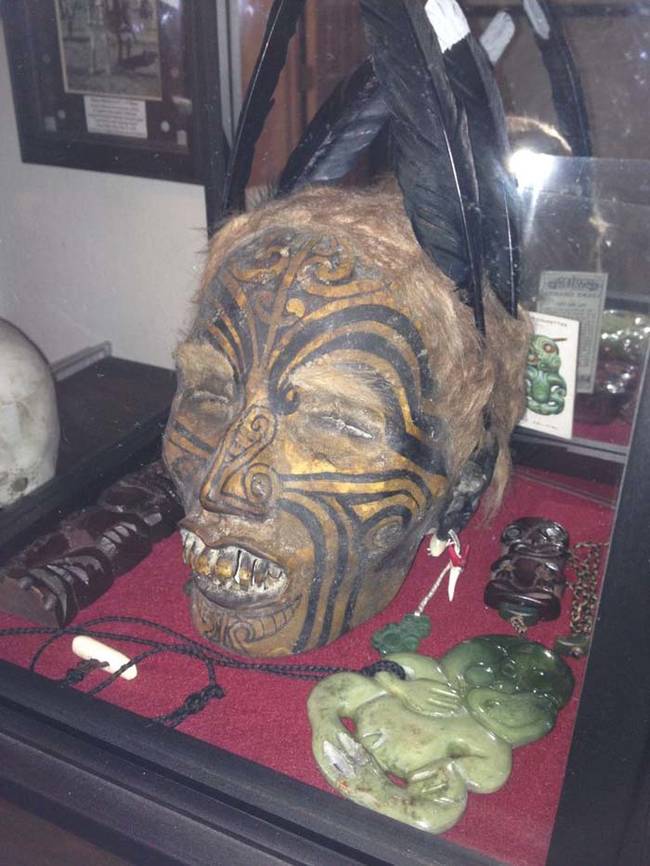 share
share
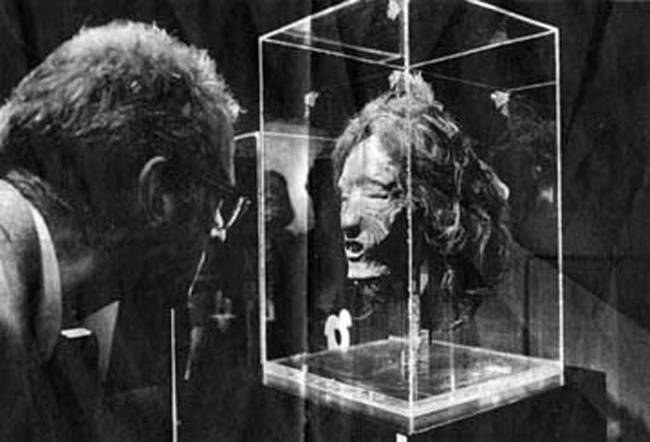 share
share
 share
share
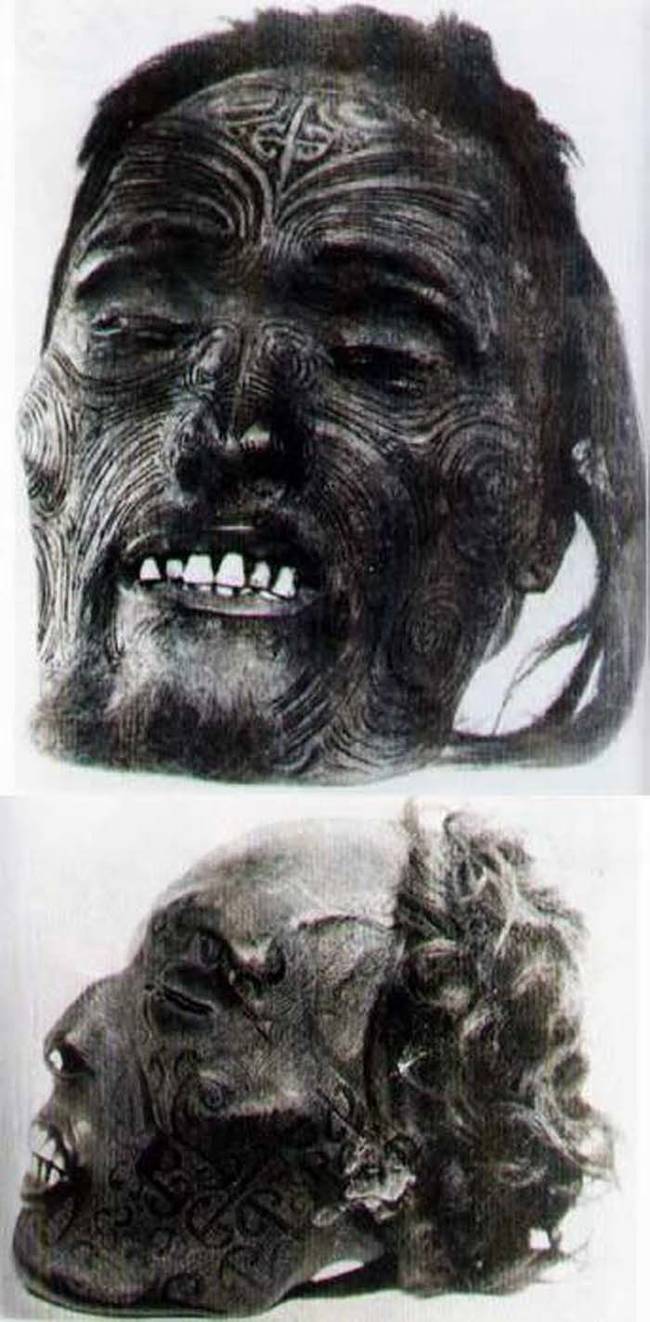 share
share
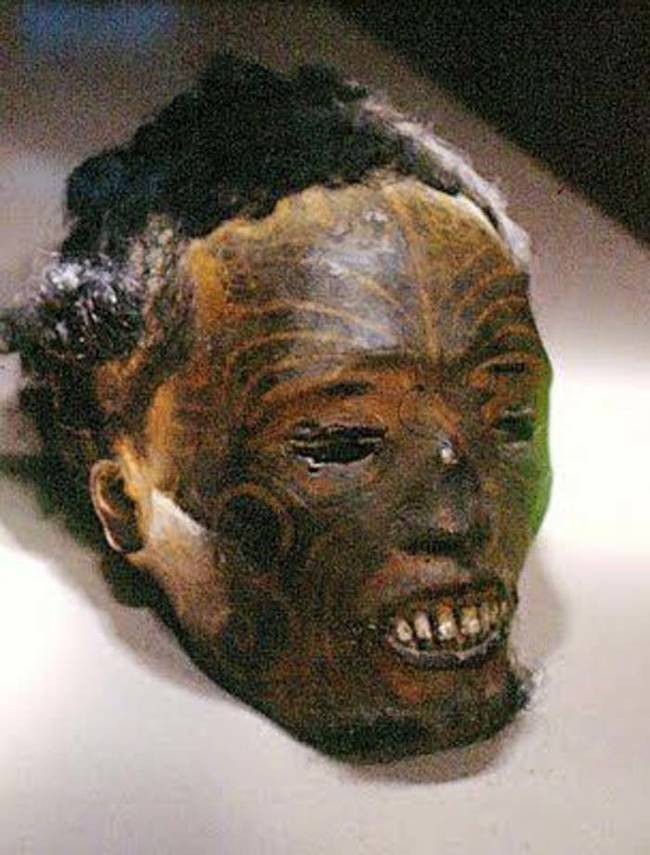 share
share
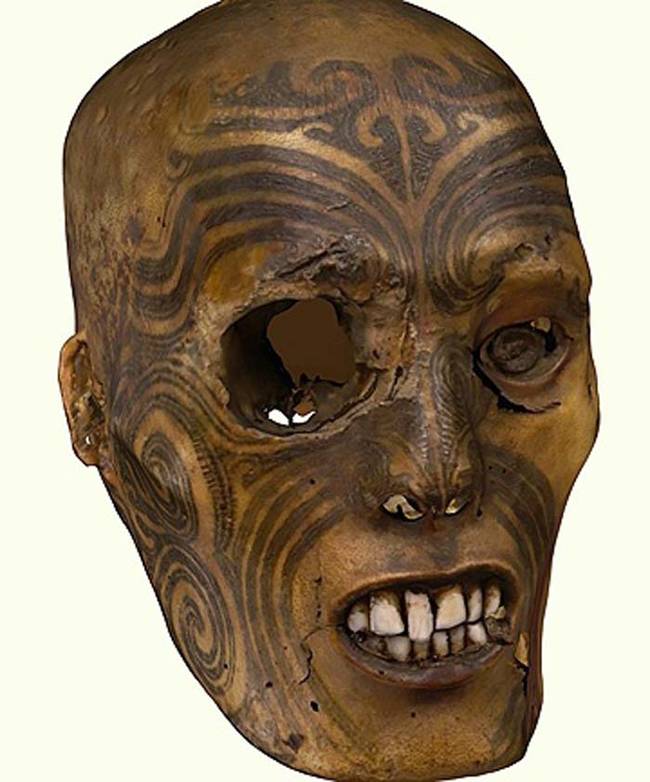 share
share
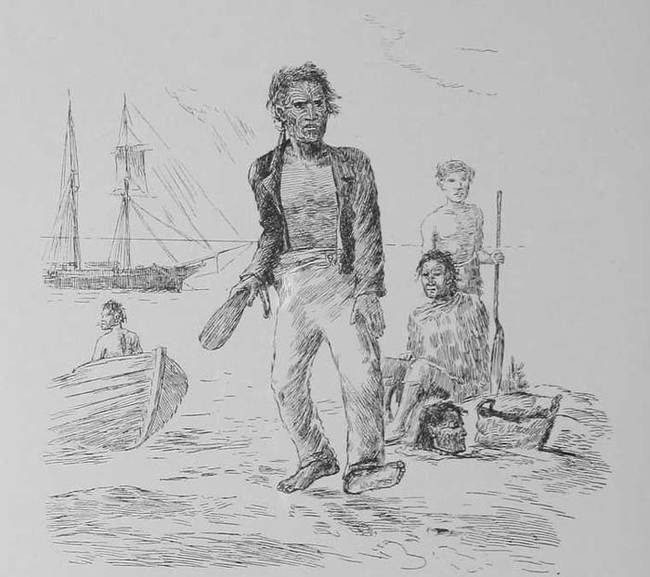 share
share
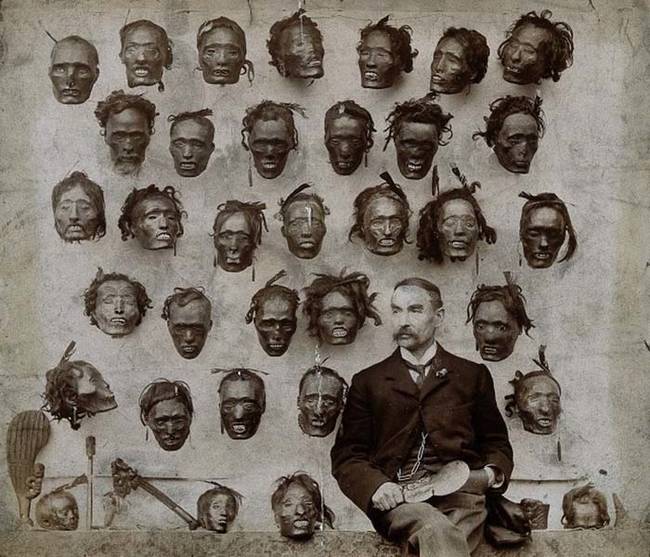 share
share

